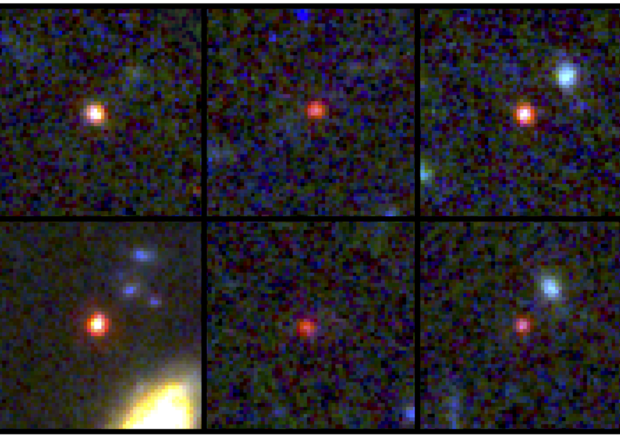
“These objects are much larger than expected,” comments Joel Lega of Penn State University and co-author of the study led by Ivo Lappi: in fact, one galaxy could have a mass more than 100 billion times that of our Sun. “In this very young universe, we thought we would find only young galaxies, while those that have been identified are already as mature as our own Milky Way.” Still, Lega stresses that it’s important at this point to keep an open mind: “The data suggests they may be galaxies – says the researcher – but I think there’s a real possibility that some of these objects turn out to be supermassive black holes obscured.”
According to the authors of the study, to confirm the discovery, observations of this measurement will be needed, in addition to the visible spectrum (which includes the infrared that Webb exploits), also radio waves and x-rays emitted by the objects: these, in fact, images will allow to provide more accurate data on The real distances at which galaxies are located and the elements that make them up. “This will immediately tell us whether these things are real – Leja adds – and how big they are.”
Reproduction is reserved © ANSA Copyright





Leave a Reply